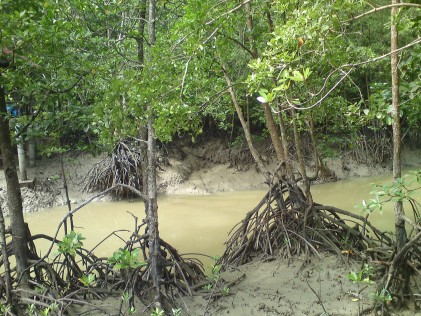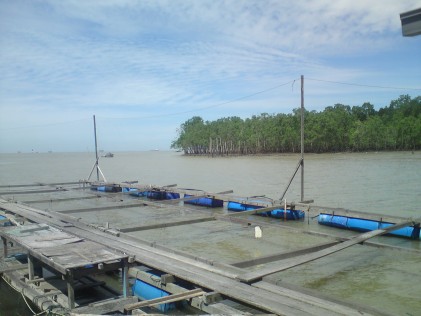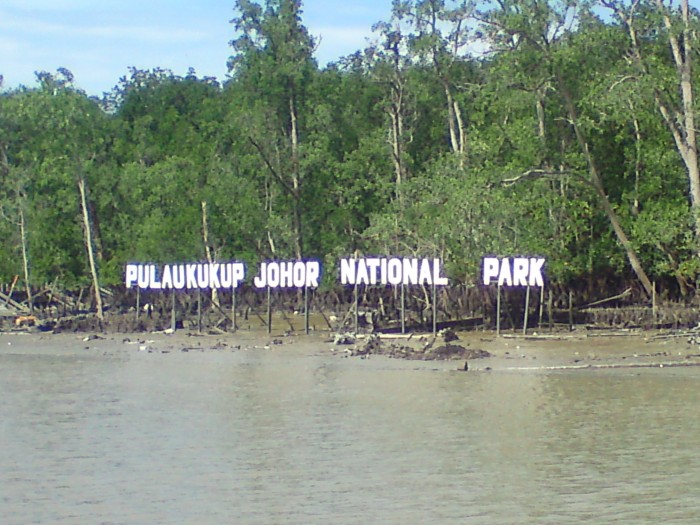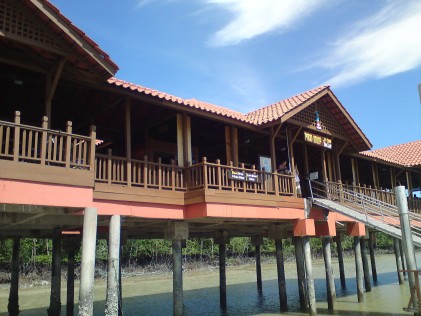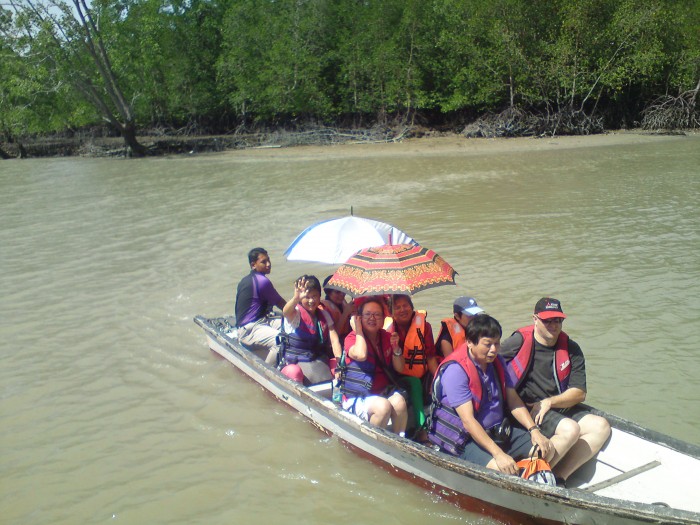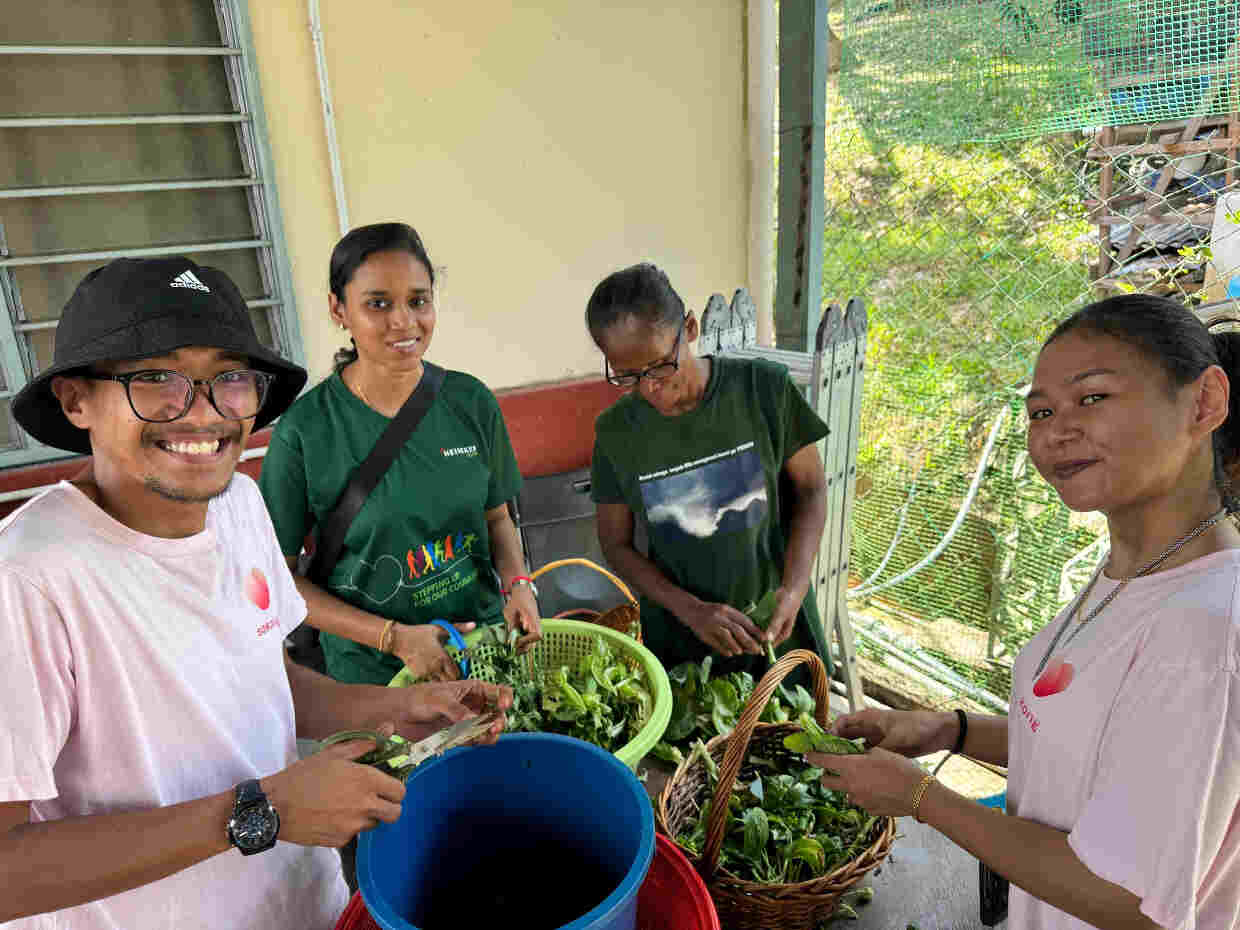Pulau Kukup is one of the largest uninhabited mangrove in the world. It is also the only one situated in the Johor waters.
Today, Pulau Kukup has received international recognition as the island has been granted by Ramsar conservation the status of ‘Wetland of International Importance’ by the Geneva-based Ramsar Convention Bureau.
The island was gazetted as a State Park in 1997 and is a popular tourism site.
Every year there is a high flow of tourists from neighbouring countries like Singapore and Indonesia.
The biological diversity in Kukup island is varied. According to the Pulau kukup website, There are 30 species of true mangrove and associated species, 12 wildlife species, 11 waterbird species include the Vulnerable Lesser Adjutant Stork.
Pulau Kukup today is home to countless species of wildlife. Among these are the playful monkeys, the quiet mud-skipper and some wild birds.
There is a boat ride for RM3 at the river for visitors to explore both sides of the mangrove trees.
Along the sea also some ‘kelong’ for the locals to rear the fish though it has gone down tremendously compared with few years ago.
Fisherman Yang Fu Xin told Citizen Journalists Malaysia (CJMY) that the reason most fisherman have changed their livelihood to letting out of chalets is because the abundance of the sea and has dwindled mainly due to pollution.
